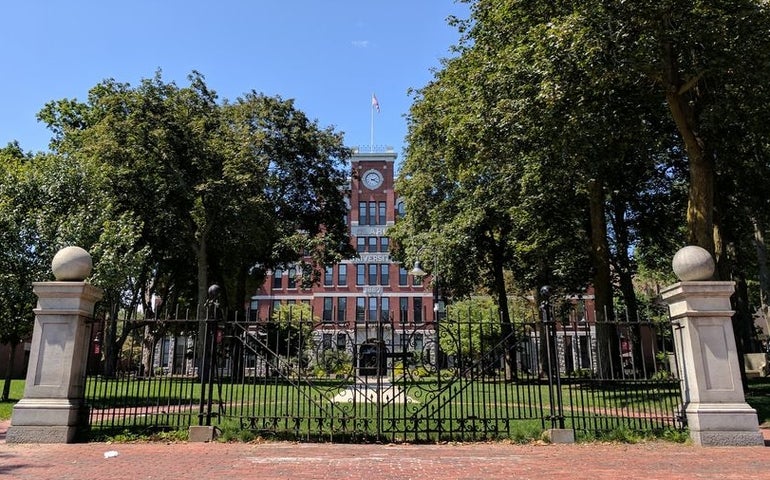Alexander Petroff, an assistant professor of physics at Clark University in Worcester, has been awarded a five-year, $601,423 award from the National Science Foundation, to be distributed at several intervals, to support his research on microbial communities that propel themselves along magnetic field lines, the school announced on Monday.
“A big problem if you’re studying the evolution of multicellularity is understanding how cells know how to position themselves,” Petroff said in Clark’s announcement. “This is directly related to the way these bacteria are aligning their magnetic moments — trying to figure out who should be pushing and who should be pulling. There is the question of how these cells organize themselves in space.”
The bacteria Petroff is studying are found in muddy areas and live in what Clark described as spherical aggregates that grow, elongate and divide into two aggregates as their cells reproduce. His project aims to determine how the interactions between the cells allow them to behave like a single, multicellular organism.
To do so, Petroff will apply a fluorescent dye to the cells to make them glow in the dark, and then create a 3D reconstruction of the colony.
“Where each cell is situated on the surface of the colony determines whether it should push, pull, or do nothing,” Petroff said. “We don’t really know if all the cells are actively moving the colony, so what we want to do is figure out how these cells are coordinating their motility.”
From there, he and his team will study how the cells push against the water. They will also look to external clues like sunlight and oxygen to help determine how the colonies coordinate their behavior.
Separately, Clark announced, Petroff will also use the award to develop a new course called Modeling Biological Complexity.

